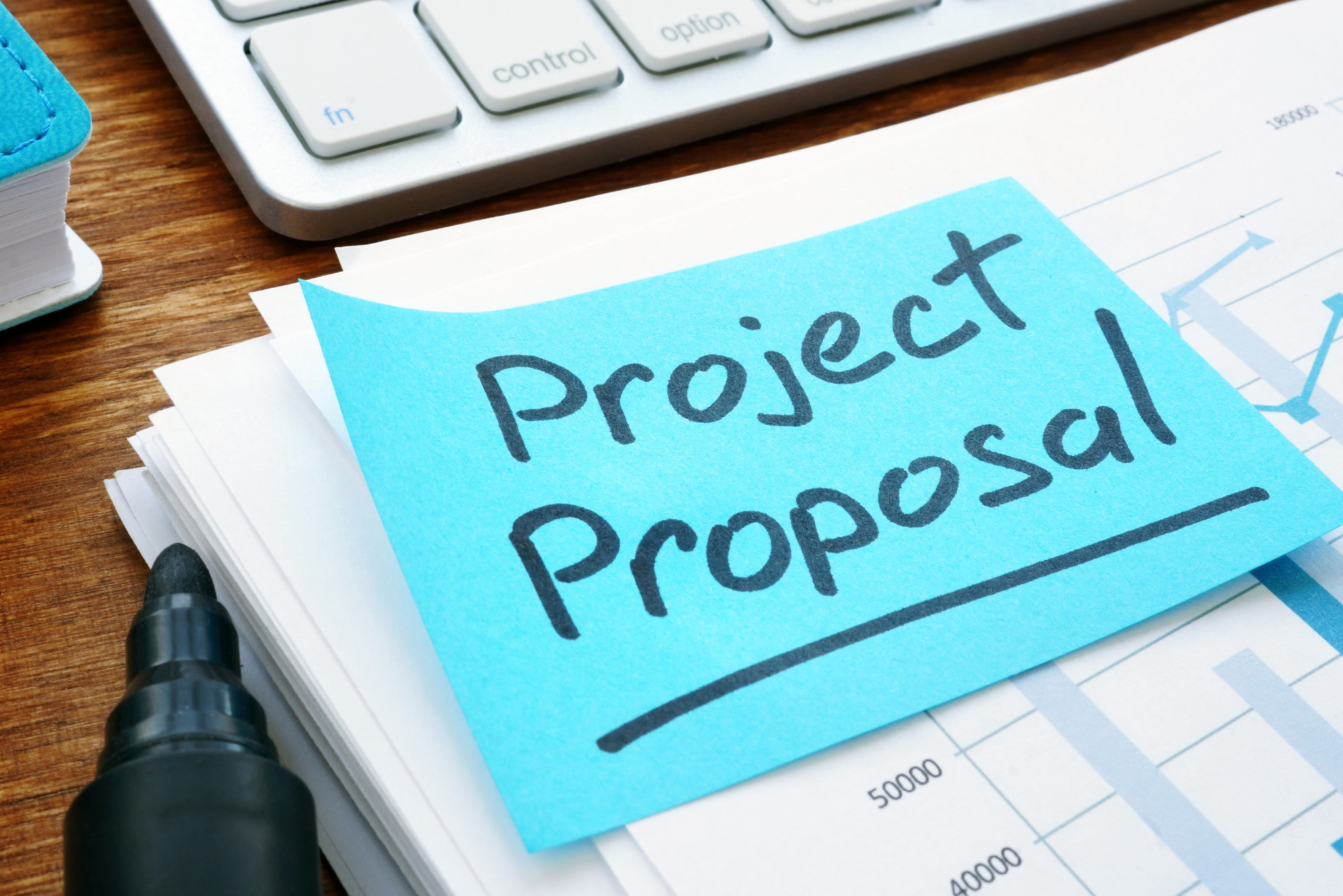
Listen instead on your Monday Morning Drive:
Every sales coach imparts the same advice: You must lead the sales conversation instead of passively taking orders.
Unfortunately, we’re an industry of order-takers. RFPs condition us to simply confirm specifications rather than have a value-oriented dialogue about the client’s needs.
This traditional paradigm cedes too much control to educated buyers who aggressively leverage pricing knowledge to their advantage. They buy on price, negotiate items, and attack proposals from multiple angles.
As our long-relied-upon buyers retire, we risk instilling these same harmful negotiation tactics in the next generation — tactics that divert focus from the event’s value.
Our clients aren’t sales professionals. We are. To sustain positive buyer relationships, we need a new sales approach that levels the playing field, reduces points of negotiation, and makes sure we always have value-based conversations rather than price-based conversations. That way, everyone wins.
The Drawbacks of Static Pricing
For decades, line-by-line transparency around static pricing was the status quo. Prices stood fixed, and buyers expected perfect predictability. Sudden price changes triggered intense scrutiny and debate, despite legitimate underlying causes (like 2022’s labor shortage).
When an entire class of pricing spikes, value-based conversations grind to a halt. Both sides focus on the pricing upheaval rather than exploring how to deliver exceptional, valuable events — a goal that hasn’t changed.
Selling Outcomes Instead of Line Items
If you’re reading this, you’ve probably already stopped listing line-item pricing in your quotes.
You assemble quotes that bundle elements like labor and rentals, making individual costs less apparent. This approach keeps the client from trying to remove critical pieces of the job based on prices they’re not comfortable with.
You’re selling outcomes rather than individual elements, which allows you to include new margins without calling them out and liberates buyers to weigh overall buying power rather than quibbling over individual costs.
This evolution has brought immense progress — you’ve probably experienced the benefits yourself — but an even larger leap lies ahead. It’s time to expose the true downside of price negotiations: When we negotiate price, we really negotiate profit.
The next step in our selling evolution is a proposal that eliminates price negotiations altogether.

Meet the ‘Naked Proposal’
The naked proposal has three lines.
The first line is the event’s cost. This has no room for negotiation. Equipment, labor, expenses, and fees are calculable and verifiable.
The second line is the cost of managing the delivery of the event. This covers the expertise of planning, coordination, and communication necessary to execute the event — all of which fall through the cracks of piecemeal quotes. In a naked proposal, this is called a management fee and is also non-negotiable. You know what it takes for your internal team to do the job, and you know what it’s worth.
The third line is the profit you expect to make off the job. Directly state your target margin; don’t attempt to embed it in vague line items like “Event Production Fees.” For a given scope of work, the profit is the naked proposal’s only negotiable piece.
You’ve always negotiated profit — it’s what you really negotiate when you negotiate price. But when profit is front and center, you and your client don’t mince words. You can have an honest conversation about what is reasonable for you to make.
You’re still in control of the conversation because you’re not talking about a big swing in numbers. If you send out a quote with a profit of 20%, the customer can’t reply, “I need you to come down to 10% profit.” If they did, you’d turn around and ask them, “Do you accept 10% profit on your work?”
Most clients understand that no business sustains itself on razor-thin margins because they experience this in their own business. They understand what a profitable business needs to earn to stay successful, and they’ll understand when you say, “There are AV companies that accept lower profits. We’re not that company.”
The naked proposal sets the stage for constructive conversations based on value rather than price. With a solid cost basis and visible net profit, you take control to guide clients down a path that optimizes your shared outcomes.

Adopting the Naked Proposal
Pricing projects in a way that accurately accounts for your desired profit takes practice and discipline. Don’t expect to implement the naked proposal perfectly overnight. The three-line proposal is, of course, a metaphor. Scope of work, options, and contingencies still apply.
Project Cost + Project Coordination Cost + Reasonable Profit = Total Fees
However, do start thinking about what profit margin you deserve for providing excellent work. Get comfortable separating your costs, management fees, and profit when budgeting projects. It may take some time before you’re confident enough with the numbers to introduce this idea to your customers.
Approach new projects with a mindset of confidently stating the value you provide, while also respecting your clients’ need to get quality work done for a fair price. With some thoughtful effort on pricing structure and a focus on delivering real value, the naked proposal can lead to profitable, lasting business relationships.





Leave a Reply